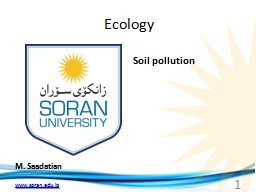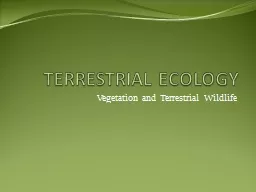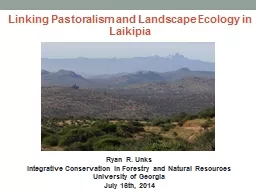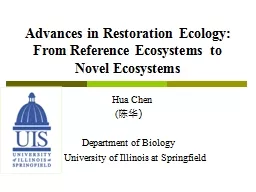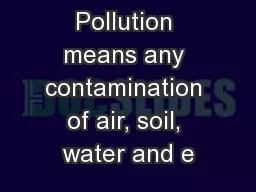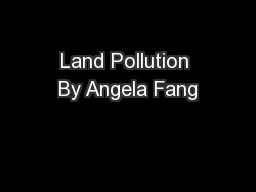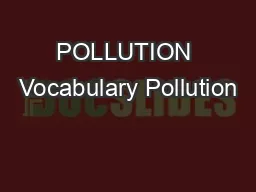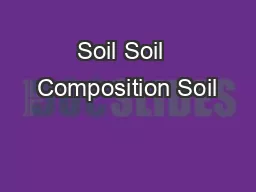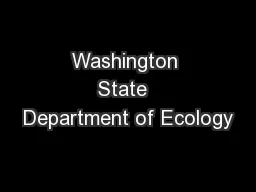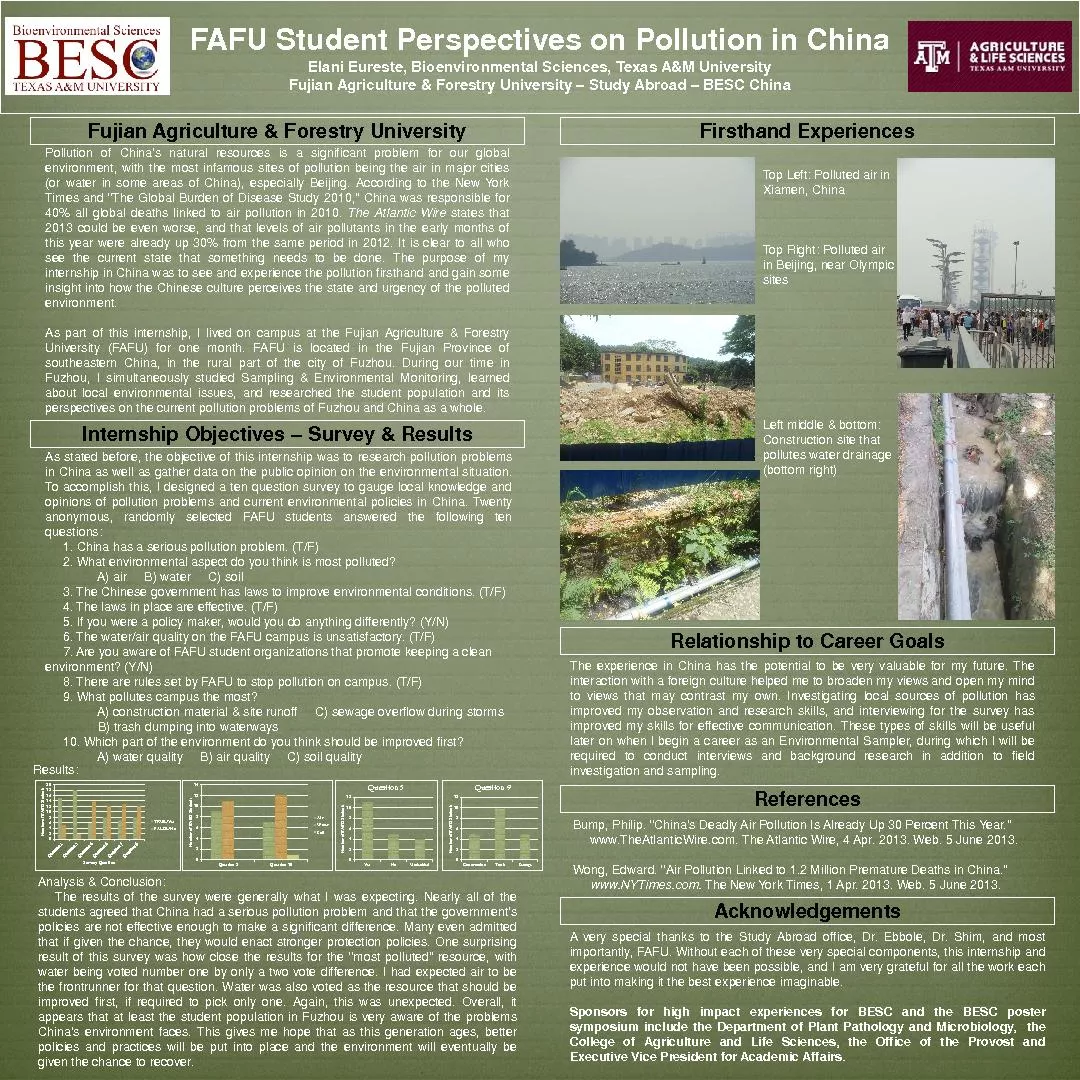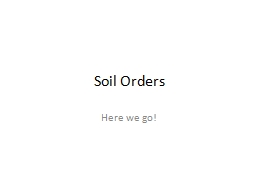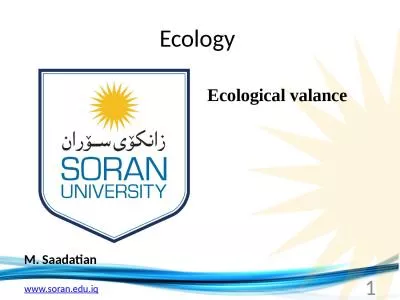PPT-Ecology M. Saadatian Soil pollution
Author : christina | Published Date : 2024-02-09
1 Soil pollution SOIL POLLUTANTS Plastics Agro chemicals Fertilizers Heavy metals Plastics Major part of global domestic and industrial waste Not easily biodegraded
Presentation Embed Code
Download Presentation
Download Presentation The PPT/PDF document "Ecology M. Saadatian Soil pollution" is the property of its rightful owner. Permission is granted to download and print the materials on this website for personal, non-commercial use only, and to display it on your personal computer provided you do not modify the materials and that you retain all copyright notices contained in the materials. By downloading content from our website, you accept the terms of this agreement.
Ecology M. Saadatian Soil pollution: Transcript
Download Rules Of Document
"Ecology M. Saadatian Soil pollution"The content belongs to its owner. You may download and print it for personal use, without modification, and keep all copyright notices. By downloading, you agree to these terms.
Related Documents

